20 Foods That Just Aren’t Worth The Price Anymore
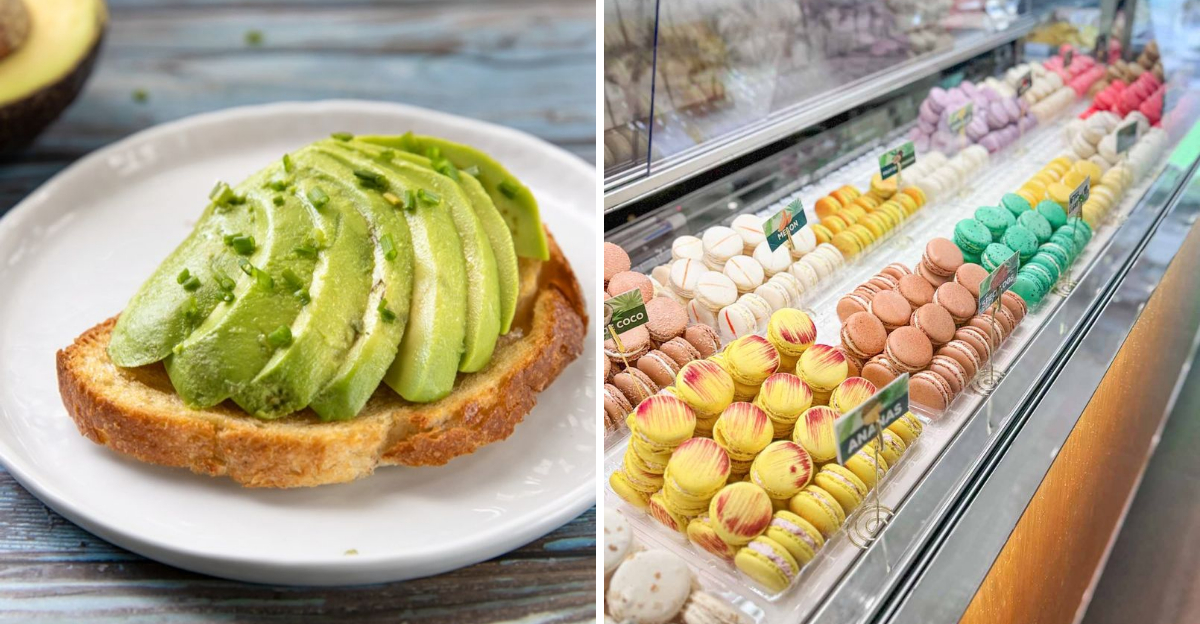
In an era where culinary trends change faster than the seasons, some foods have outpriced their value. Whether it’s due to marketing hype, convenience, or a once-beloved trend, certain items now leave wallets lighter without delivering on taste or satisfaction. This list explores 20 such foods that have seen their worth diminished, making them less appealing to savvy consumers.
1. Avocado Toast at Brunch

Once the darling of brunch menus, avocado toast has outstayed its welcome. Often priced at an eye-watering $16 for a mere slice of sourdough and avocado, it leaves diners wondering why they didn’t make it at home for a fraction of the cost. The simplicity of mashed avocado on bread begs the question: what justifies the exorbitant price? For those who appreciate culinary creativity, this dish often lacks the flair and complexity to match its cost.
While restaurants offer variations with poached eggs or fancy seasonings, the essence remains the same. It’s a basic dish, dressed up in a high-cost outfit.
2. Fancy Bottled Water

In a world where water is essential, fancy bottled waters have emerged with claims of alkalinity, raw purity, or exotic infusions. Despite the high price tags, many consumers are left pondering if the cost truly reflects the value. At the end of the day, it’s water—often in a pretty package with a hefty markup.
The allure of these bottles lies in their marketing, but discerning drinkers might realize the emperor has no clothes. Tap water in a reusable bottle could offer the same refreshment without the extravagant cost.
3. Filet Mignon at Chain Steakhouses
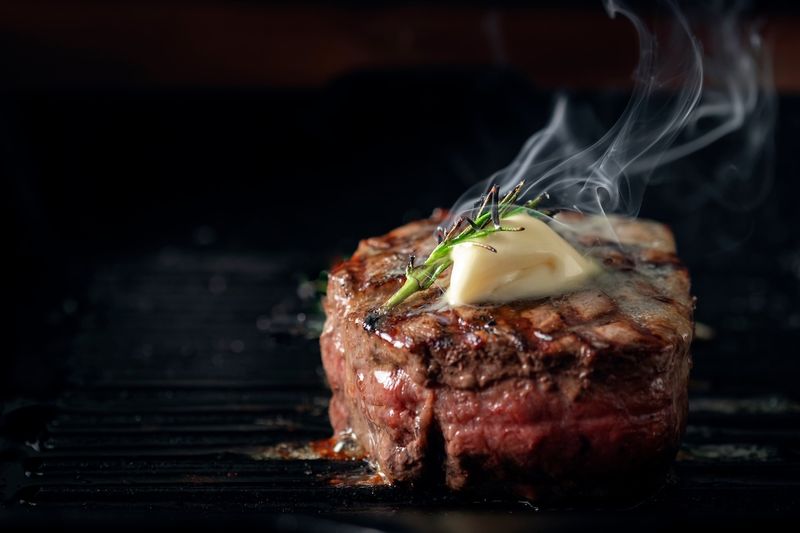
Filet mignon is synonymous with luxury dining, yet at chain steakhouses, it often disappoints. Patrons pay premium prices for a cut of meat that, though tender, is frequently small and under-seasoned. The appeal of filet mignon lies in its prestige, but chain establishments sometimes fail to deliver on taste.
For steak enthusiasts, exploring local butcheries or specialized steakhouses might provide better value. The promise of a lavish dining experience loses its sheen when the flavor doesn’t match the cost.
4. Macarons

Macarons, with their dainty aesthetics and array of colors, beckon dessert lovers. Yet, many find themselves burning through $20 or more, only to be left unsatisfied and still hungry. Despite their charming appearance, macarons often struggle to deliver on flavor, leaving a gap between expectation and reality.
These delicate treats may satisfy a sweet craving, but their high price often surpasses their culinary worth. Instead, home bakers might experiment with creating their own, enjoying the process and saving money.
5. Grocery Store Sushi

Convenience meets disappointment in grocery store sushi. While it offers a quick fix, the quality often falls short. With bland flavors and a texture that can be mushy, it barely resembles the authentic sushi experience that sushi bars provide.
The allure of sushi lies in its freshness, delicate flavors, and artistry. Unfortunately, the pre-packaged variety skips these essential elements. For true sushi enthusiasts, visiting a dedicated sushi restaurant offers a more satisfying culinary journey, albeit at a similar price point.
6. Acai Bowls

Once hailed as a superfood sensation, acai bowls now seem overpriced for what they offer. Paying upwards of $12 for a bowl of blended frozen berries and assorted toppings can feel unjustified. While visually appealing, these bowls often lack the substance needed to justify their cost.
Cafés may embellish them with exotic fruits and seeds, but the base remains simple. Creative home chefs can replicate the experience at a fraction of the price, crafting bowls tailored to personal taste without breaking the bank.
7. Pre-Cut Fruit

Convenience often comes at a price, and pre-cut fruit is a prime example. While the allure of ready-to-eat fruit is tempting, the cost can be double or even triple the price of whole fruit. Moreover, pre-cut options spoil faster, wasting both money and produce.
For those willing to spend a little extra time, purchasing whole fruits and cutting them at home can result in fresher and more economical servings. The added effort pays off in flavor and longevity, making it a worthwhile trade-off.
8. Truffle Oil Anything
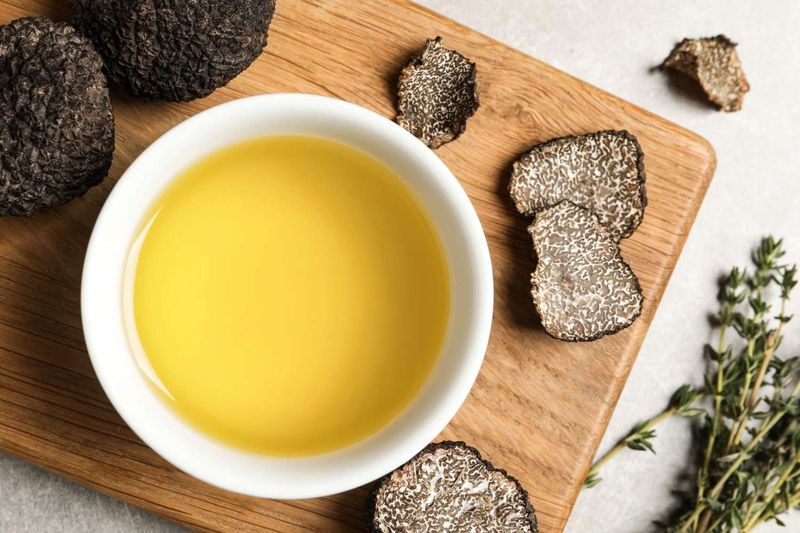
Truffle oil, often lauded as a luxurious ingredient, has become a staple in many kitchens. Yet, it usually contains synthetic flavoring, lacking the genuine essence of real truffles. The overuse of truffle oil in dishes can overwhelm the palate, and its high cost doesn’t always translate into quality.
While it adds a distinctive aroma, the reality is that true truffle flavor is rarely achieved. Culinary enthusiasts seeking authenticity might consider sourcing real truffles or exploring alternatives that offer genuine taste without the inflated price.
9. Designer Cupcakes

Designer cupcakes, often adorned with elaborate decorations and thick frostings, come at a price. These sweet confections can cost upwards of $6 each, primarily due to the artistry involved. However, beneath the decorative surface, the cake itself can sometimes disappoint.
The trend of gourmet cupcakes has seen its peak, and many find the overabundance of frosting overwhelming. For those craving a balanced dessert, simpler homemade varieties might offer a more satisfying and economical experience.
10. Gas Station Jerky
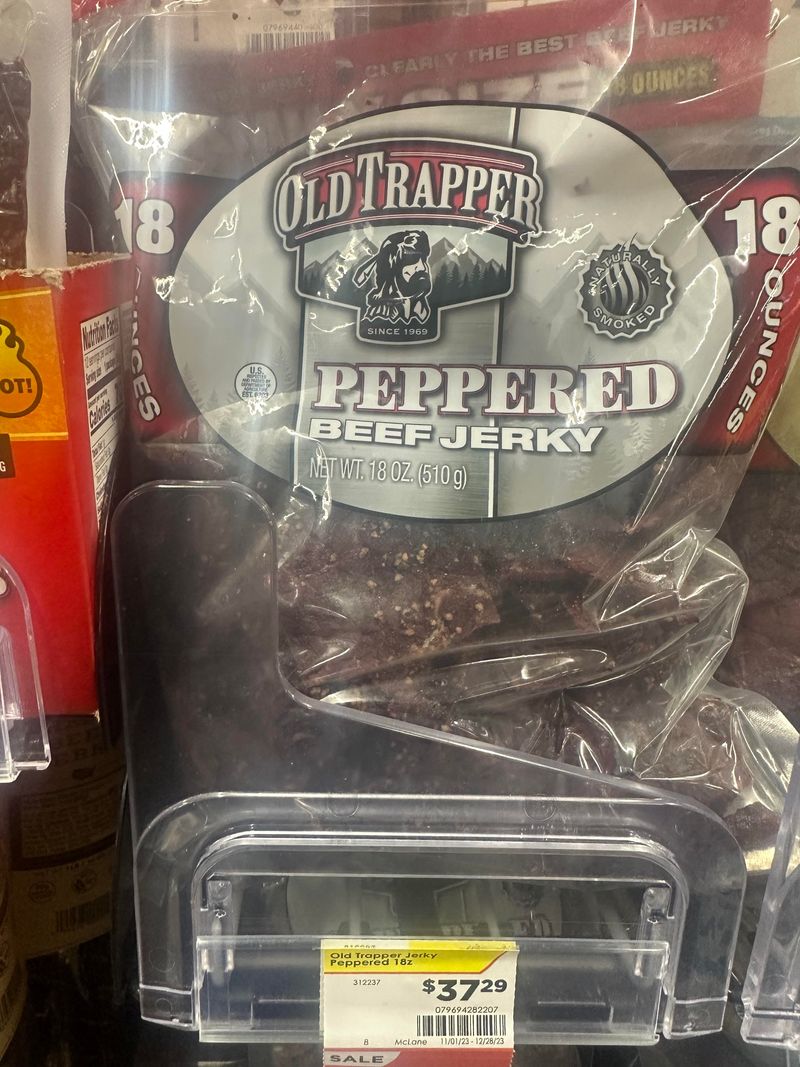
Gas station jerky, often a road trip staple, presents a dilemma with its tiny servings and hefty price. Packed with sodium and preservatives, the quality often leaves much to be desired. The convenience factor is undeniable, but discerning snackers might seek better alternatives.
Artisanal and locally produced jerky can offer a more flavorful and health-conscious option. While the initial cost might seem higher, the taste and quality often justify the investment, unlike the mass-produced, overpriced gas station versions.
11. Lobster Rolls (Outside New England)
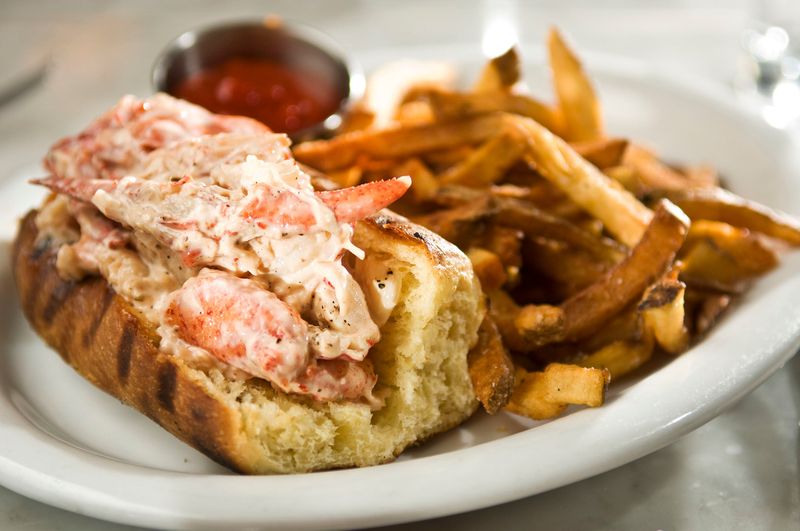
Lobster rolls, a New England delicacy, often lose their charm when served far from the coast. Outside New England, diners may find themselves paying $30 or more for a roll filled with chewy, overcooked lobster meat. The distance from fresh seafood sources takes a toll on quality.
For those craving authenticity, experiencing lobster rolls in their native region offers the best value. Otherwise, adventurous home cooks might try crafting their own version, ensuring both quality and satisfaction.
12. Cold-Pressed Juice
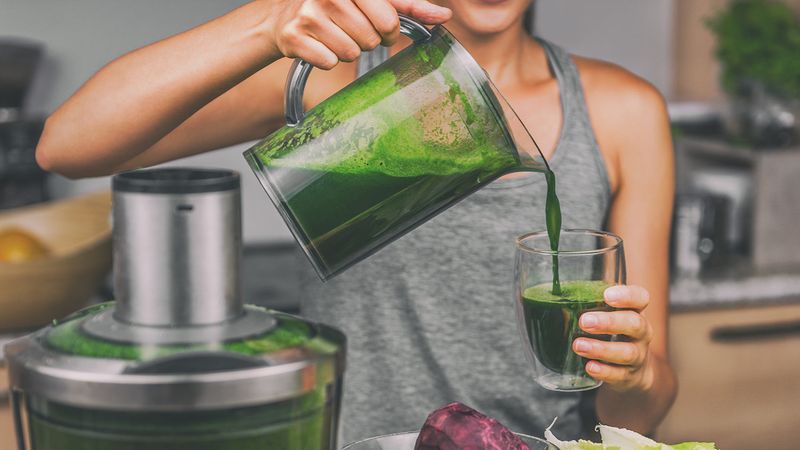
Cold-pressed juices have long been touted for their nutritional benefits, yet their price can leave many questioning their value. With bottles ranging from $8 to $12, the cost often outweighs the satisfaction. While these juices offer a concentrated hit of vitamins, they don’t provide the fullness of a meal.
Savvy shoppers might opt for homemade juices, using fresh produce to create equally nutritious drinks at a fraction of the price. The DIY approach ensures customization and economic benefits, without sacrificing health.
13. Chain Restaurant Salads
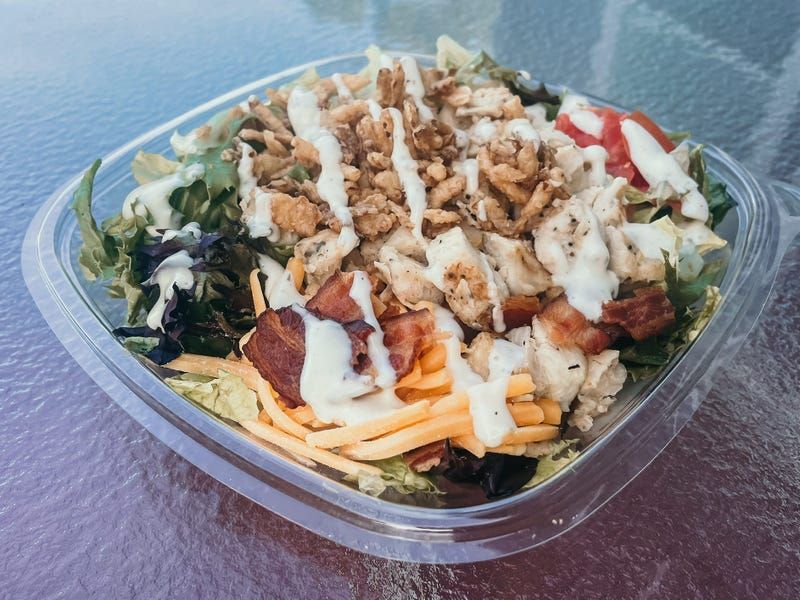
Chain restaurant salads, often marketed as a healthy option, sometimes fail to justify their high prices. With a base of iceberg lettuce, dry chicken, and bottled dressing, these salads can cost upwards of $18, leaving patrons skeptical of their value.
Homemade salads offer the freedom to choose fresh ingredients and experiment with flavors, providing a more fulfilling and cost-effective meal. Health-conscious eaters might find greater satisfaction in crafting personalized salads rather than relying on overpriced restaurant offerings.
14. Wagyu at Fast Casual Spots
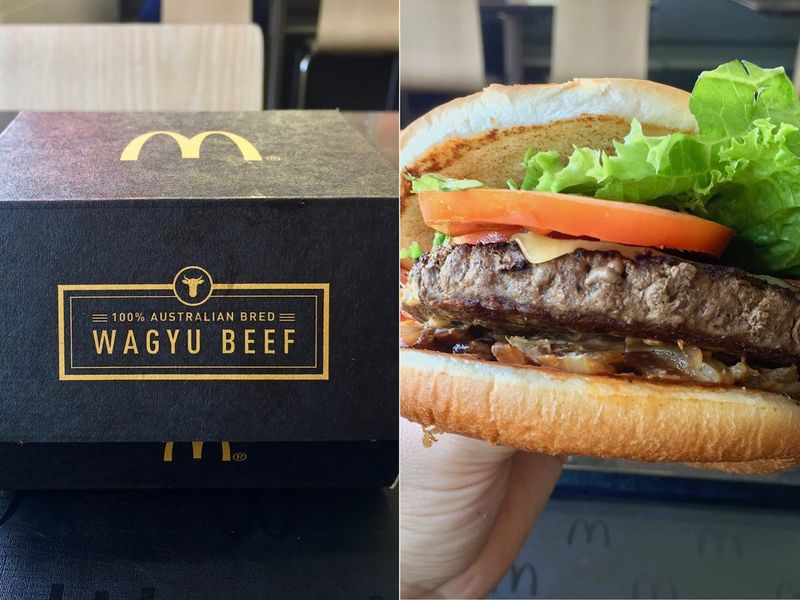
Wagyu beef, synonymous with luxury, has found its way into fast casual dining, often with misleading results. The label ‘Wagyu’ can be applied to lower-quality cuts, leading to inflated prices for an underwhelming experience.
True Wagyu, known for its marbling and flavor, is best enjoyed at specialized establishments. For those seeking a genuine Wagyu experience, it pays to research and invest in quality rather than settling for a label that doesn’t meet expectations.
15. Overnight Oats in a Jar
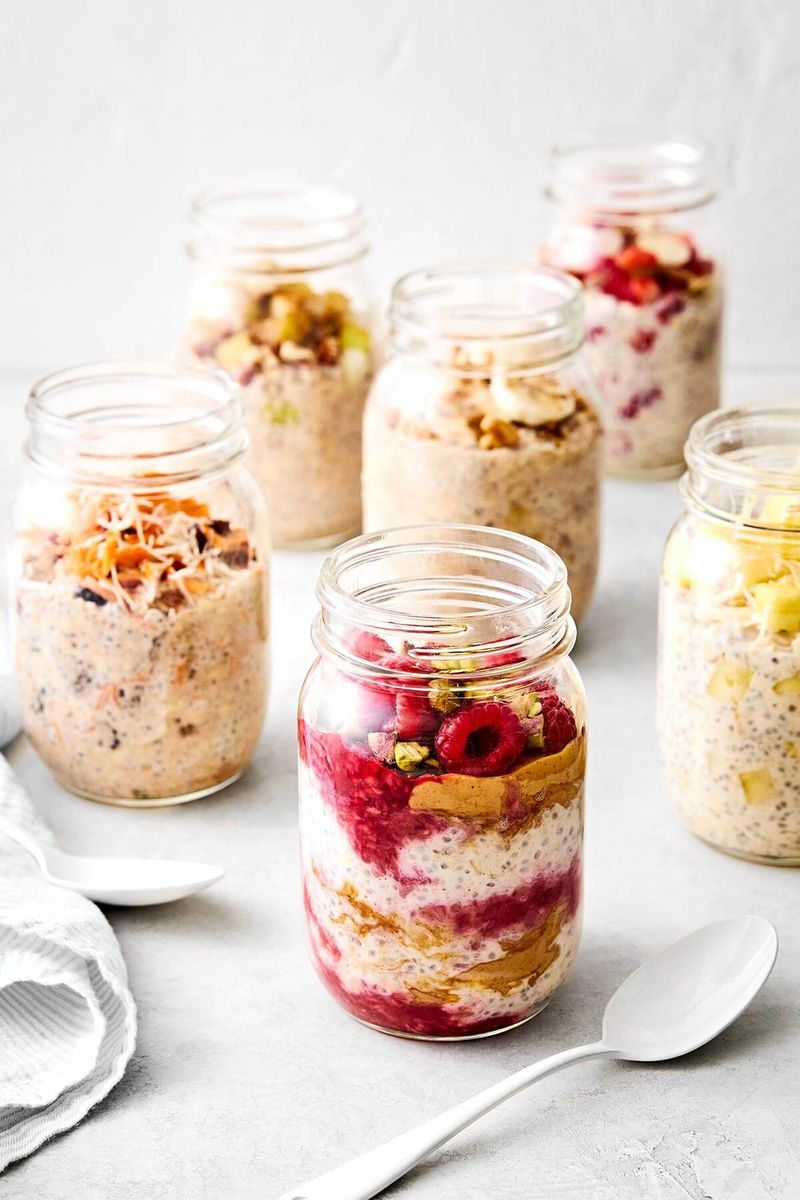
Overnight oats have become a trendy breakfast option, often seen in cafés at steep prices. Charging $7 or more for oats soaked in milk seems extravagant when the same dish can be prepared at home in minutes for a fraction of the cost.
Creative breakfast enthusiasts can enjoy experimenting with flavors and toppings, crafting a personalized and budget-friendly start to the day. The homemade version offers control over ingredients and flavors, enhancing both satisfaction and savings.
16. Movie Theater Popcorn
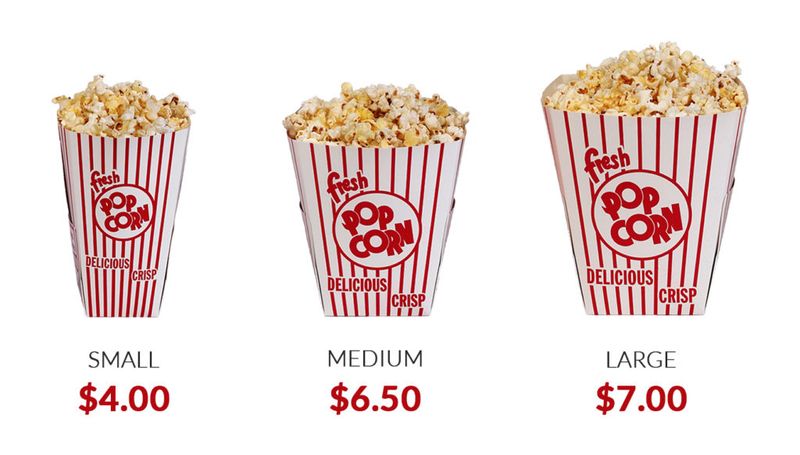
Movie theater popcorn, a staple of the cinematic experience, often comes with a shocking price tag. Paying $9 for a tub of stale kernels and mystery butter can make moviegoers think twice about indulging. While the ambiance enhances the experience, the cost is hard to justify.
For those seeking to enjoy their favorite films with a snack, bringing homemade treats or exploring less expensive options can provide similar enjoyment without the financial strain.
17. Plant-Based Meat Substitutes (Some Brands)
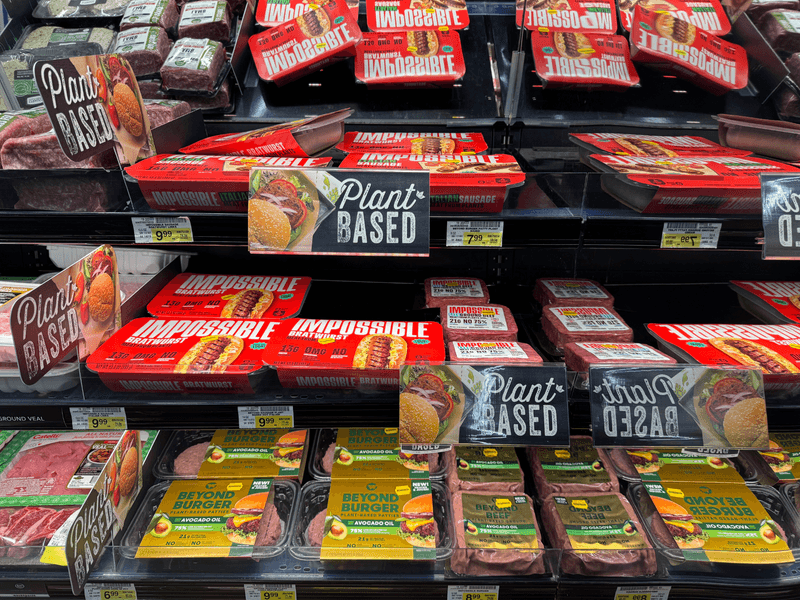
Plant-based meat substitutes, like those from Beyond and Impossible, initially excited consumers but have since seen prices climb. While these products offer a meat-free alternative, the taste and texture don’t always justify the cost.
Some diners find the experience enjoyable, but for others, the novelty has worn off. Exploring a variety of brands or trying recipes for homemade alternatives can provide a more cost-effective and fulfilling solution for those looking to reduce meat consumption.
18. Small-Batch Ice Cream Pints

Small-batch ice creams are often marketed as gourmet treats, with prices to match. At $10 or more per pint, these indulgences might not deliver on taste, especially when compared to more affordable brands.
For those with a sweet tooth, experimenting with making ice cream at home can be both fun and economical. The process allows for creativity and control over flavors, ensuring satisfaction without the premium price tag of store-bought options.
19. Packaged Smoothies
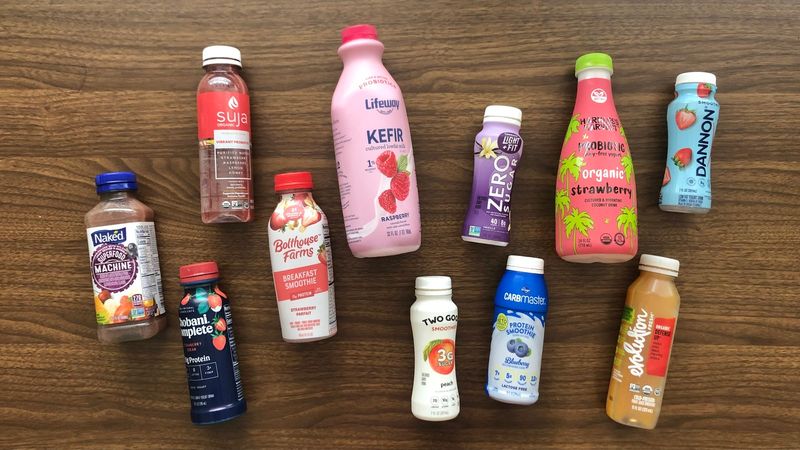
Packaged smoothies, often seen as a health-conscious choice, can be deceiving. With sugar contents rivaling that of a can of soda, these drinks cost between $5 and $7 without delivering nutritional value. The convenience comes at a price, both financially and health-wise.
Crafting smoothies at home allows for control over ingredients, ensuring a truly healthy drink that doesn’t break the bank. Fresh fruits and vegetables can create refreshing and nutritious options tailored to individual preferences, offering better value.
20. Premium Toasted Sandwiches at Fast Food Chains

Fast food chains have introduced premium toasted sandwiches, often at a higher price point, with the promise of gourmet ingredients. However, despite the ciabatta bread and trendy toppings, the core remains fast food, leaving diners questioning the cost.
For sandwich lovers, experimenting with ingredients at home can yield more satisfying results. The ability to choose quality ingredients and tailor flavors ensures a truly premium experience without the inflated price of a fast food chain offering.
